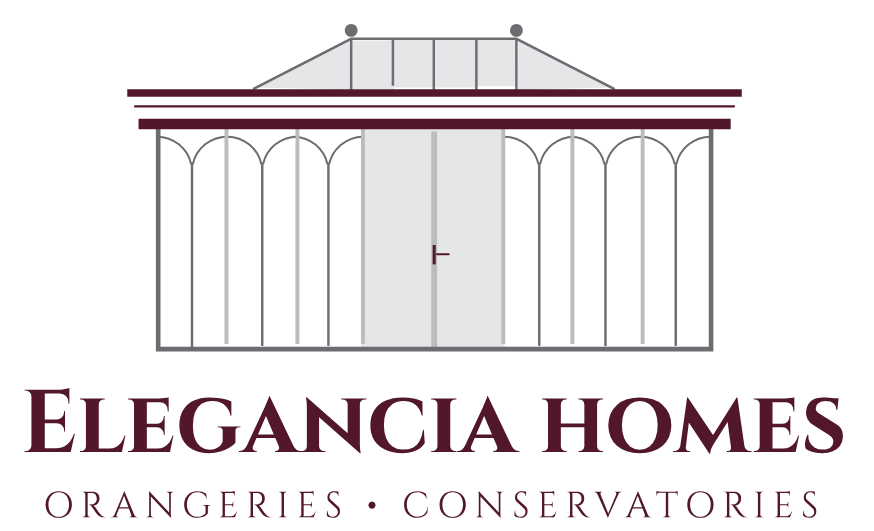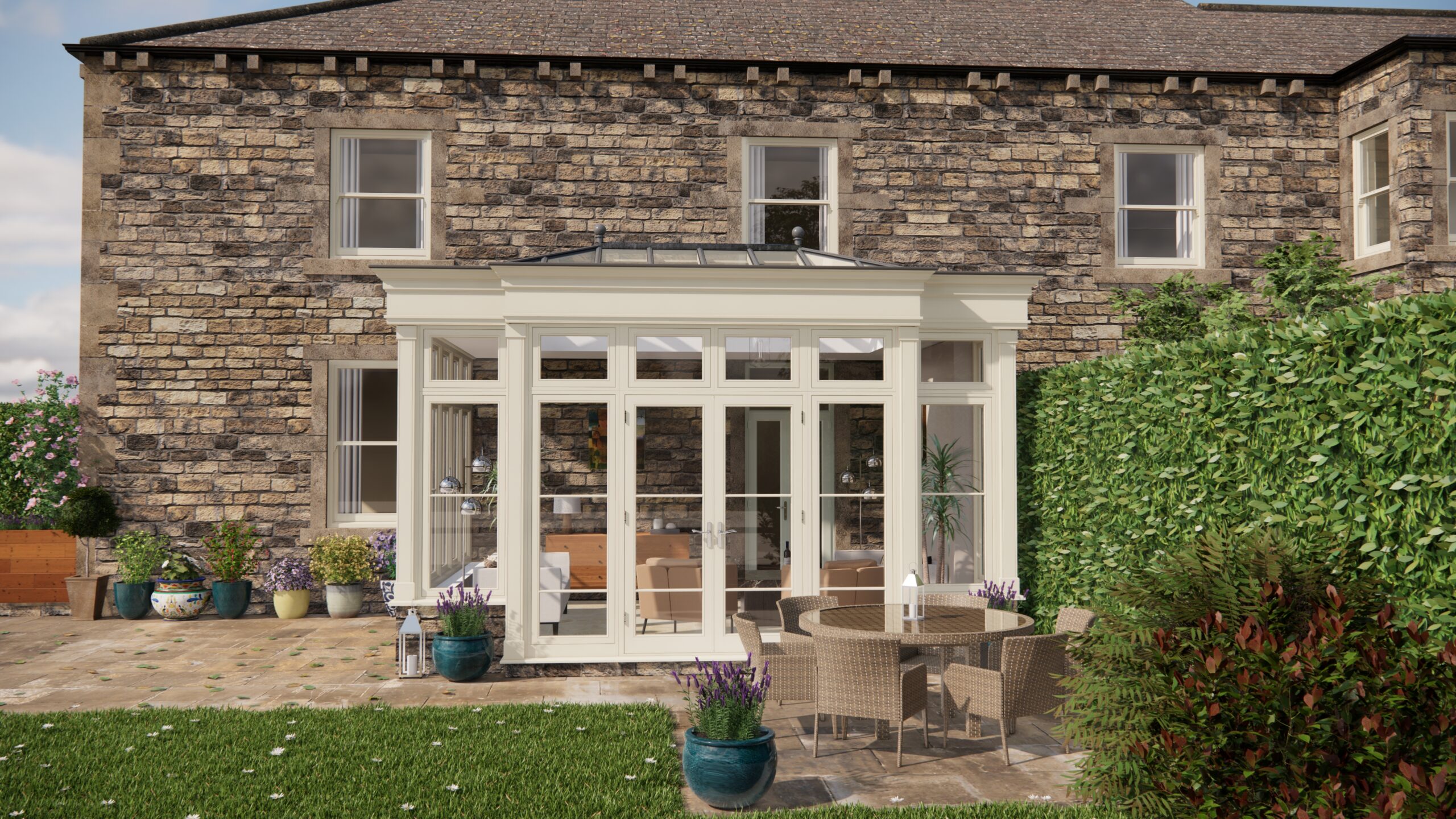Right, so I’ve been delving into the world of orangeries recently – those beautiful, light-filled extensions that blur the lines between home and garden. And, of course, lighting is absolutely key to making them work, especially when you’re talking about listed buildings. I managed to grab a coffee with Jack, a lighting design guru with a knack for blending the old with the new, and get his take on illuminating these gorgeous spaces.
“Lighting design in orangeries is all about balance, isn’t it?” I started, stirring my latte. “Especially listed buildings. You’ve got the heritage angle, the planning regs… it’s a minefield!”
Jack chuckled. “A delightful minefield, I’d say! The crucial starting point is respecting the building’s character. You can’t just slap in some harsh spotlights and call it a day. With listed buildings, especially when adding an orangery, the planning authorities will scrutinise every detail. Any alterations, including lighting, need to preserve the building’s historical significance. You’re looking at the Listed Buildings Act 1990, but it’s also vital to check with your local planning authority for specific requirements in your area. They’ll likely want to see detailed proposals showcasing how your lighting scheme minimises impact on the original structure.”
So, what kind of lighting passes muster then? “Think subtle,” Jack advised. “Concealed lighting is your best friend. We often use LED strips hidden within cornices or architectural details to provide a soft, ambient glow. Uplighting can accentuate the height of the orangery and create a sense of drama without being intrusive. Avoid large, bulky fixtures. Think small, low-impact designs that blend seamlessly into the background.” He mentioned using miniature spotlights recessed into the ceiling, or even integrated into the window frames. These offer focused light where needed – perhaps highlighting a plant or a piece of furniture – without dominating the space. The key is to light objects rather than just light the space. It’s also crucial to plan the lighting in tandem with the overall orangery design. Considerations like material choices (particularly glass) will have a large impact on lighting both natural and artificial. Ensure, as part of your plan, that natural light is maximised, while accounting for light reflecting off of internal surfaces.
Then there’s the colour temperature. “Warmer tones, around 2700-3000K, create a cosy and inviting atmosphere, which is perfect for an orangery,” Jack explained. “Cooler tones, above 4000K, can feel harsh and sterile. Experiment to see what works best, but err on the side of warmth. And dimmers are your best friend! They allow you to adjust the light levels throughout the day and create different moods for different occasions.” I mentioned that the orangery would be used for both relaxing and entertaining, and he nodded. “Exactly! Dimmers give you that flexibility.”
But what about actually getting the job done? “Building Regulations are also important, but usually more straightforward than Listed Building consent,” Jack continued. “Part L of the regulations deals with energy efficiency. Using LED lighting is a no-brainer, as it’s incredibly energy-efficient. You’ll also need to ensure that the lighting is installed by a qualified electrician who can certify the work and ensure it meets all the relevant safety standards.”
Beyond the practicalities, Jack emphasised the artistic side of lighting design. “It’s about creating a mood, an atmosphere,” he said. “Think about the textures in the orangery – the brickwork, the woodwork, the plants. Lighting can accentuate these textures and bring them to life. Consider external lighting, too. Uplighting the exterior of the orangery can create a stunning effect at night, making it a focal point in the garden.”
We discussed ensuring the lighting scheme complements the style of the existing property. For example, a Georgian property might benefit from more traditional fixtures, albeit updated with modern technology. A Victorian property might lend itself to more ornate designs. In all cases, its is imperative that the overall style does not look out of place with the rest of the building. This includes both internal and external lighting choices.
Before the coffee was all gone I managed to clarify his core advice. So, to sum up – and based on Jack’s expert advice – creating the perfect lighting scheme for an orangery in a listed building requires a careful and well-considered approach. Prioritise compliance with planning regulations, focusing on sensitive solutions like concealed lighting and low-impact fixtures. Remember the importance of colour temperature and dimming capabilities to adjust the atmosphere. Finally, always engage qualified professionals for both design and installation to ensure compliance with regulations and quality craftsmanship. Getting this right will create a seamless blend of heritage and modern functionality, making the orangery a stunning and inviting space for years to come.


